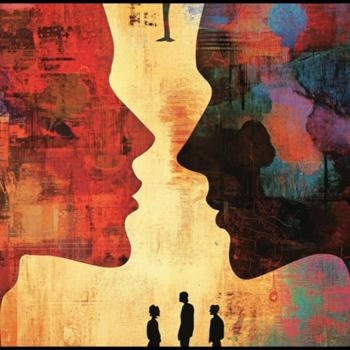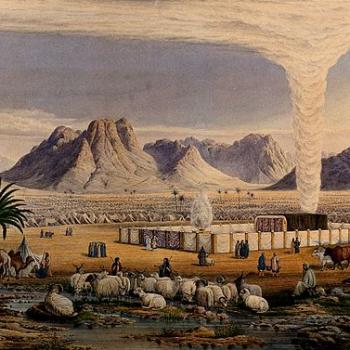Editors' Note: This article is part of the Public Square 2014 Summer Series: Conversations on Religious Trends. Read other perspectives from the Buddhist community here.
There are numerous stories in early Buddhist literature about Buddha's initial reluctance to begin an order of nuns. For the most part, these stories reflect the early Indian cultural bias against women. Articles and books about the contribution of Buddhist nuns to the growth of the Buddhist tradition are not so easy to find. Lately, however, there has been a huge outpouring of popular books on the role of women in Western, and more specifically, North American Buddhism. Most of these are edited anthologies, in which the leading Western Buddhist women speak to the needs of female practitioners, both on the monastic and lay level. There are even some good bibliographies available on the internet, and a very handy guide written by Sandy Boucher (called Opening the Lotus: A Women's Guide to Buddhism) that includes a "Directory of Women Teachers" in the United States and worldwide.
Two specific concerns seem to have emerged from a feminist critique of the traditionally male forms of Buddhism: first, to move beyond the male tendency to be critical of using women's spirituality as a vantage point for American Buddhist practice; second, to promote a movement to recover the full nuns' lineage and to have Western nuns play a leading role in teaching Westerners. This is very significant because, in Tibetan Buddhism, the nuns' ordination was never introduced from India; and in the Theravādin tradition, the nuns' lineage died out no later than the 13th century. Recently there has been an increase in the number of Theravādin nuns in Asia, but the chief locations from which to receive the full nun's ordination remain Taiwan and Korea, which have preserved the ordination lineages intact. The first nuns' ordination in the United States was held only as recently as 1988.
Despite the fact that the monastic tradition represents only a small portion of American Buddhist communities, many American Buddhist women see the role of nuns as essential in promoting and achieving gender equality in American Buddhism. For example, the next to last chapter of Karma Lekshe Tsomo's book Buddhism Through American Women's Eyes presents a stimulating and revealing discussion of the nuns' monastic experience, highlighted by the personal reflections of nuns (Karma Lekshe Tsomo, Eko Susan Noble, Furyo Schroeder, Nora Ling-yun Shih, and Jacqueline Mandell) from five different American Buddhist traditions. Viewpoints and perspectives are discussed. Many other American Buddhist women might be included in the discussion too.
Can one make a substantive case for the attractiveness of the nun's lifestyle in the West? Thubten Chodron, who lives in Seattle and has been a Buddhist nun since 1977, thinks so when she says, "As Buddhism comes to the West, it is important to preserve the monastic lifestyle as a way of practice that benefits some people directly and the entire society indirectly. For those who find strict ethical discipline and simplicity helpful for practice, monasticism can be wonderful."
The degree to which male Buddhist practitioners and teachers accept women like the ones mentioned above is the persistent challenge to the changing gender roles in American Buddhism. It is an incredibly consequential challenge because the changing of gender roles in American Buddhism, and the rise of American Buddhist women to positions of popularity and distinction in their respective communities, seems to be coincident with the emergence of a number of outstanding and powerful female teachers in the various traditions, some of whom are already lineage holders or acknowledged masters. Moreover, almost all of these female teachers either are now or have been monastics.
The rapidly increasing community of female teachers also bridges the gap between the small community of monastic members and the significantly larger number of female lay practitioners in American Buddhism. Virtually all American Buddhists would affirm the necessity of spiritual authority in their tradition, and most would not challenge the necessity of a top-down rather than bottom-up configuration for the successful recognition of leadership figures. The changing of gender roles in American Buddhism, however, requires that women achieve spiritual authority and discharge the proper duties associated with its attainment, and until that occurs with regularity, American Buddhism cannot be truly post-patriarchal. In so doing, female teachers in American Buddhism are creating new organizational forms, and networking with themselves and other women Buddhists worldwide. Retreats especially for women are becoming commonplace, as well as conferences devoted to women's issues in Buddhism.




